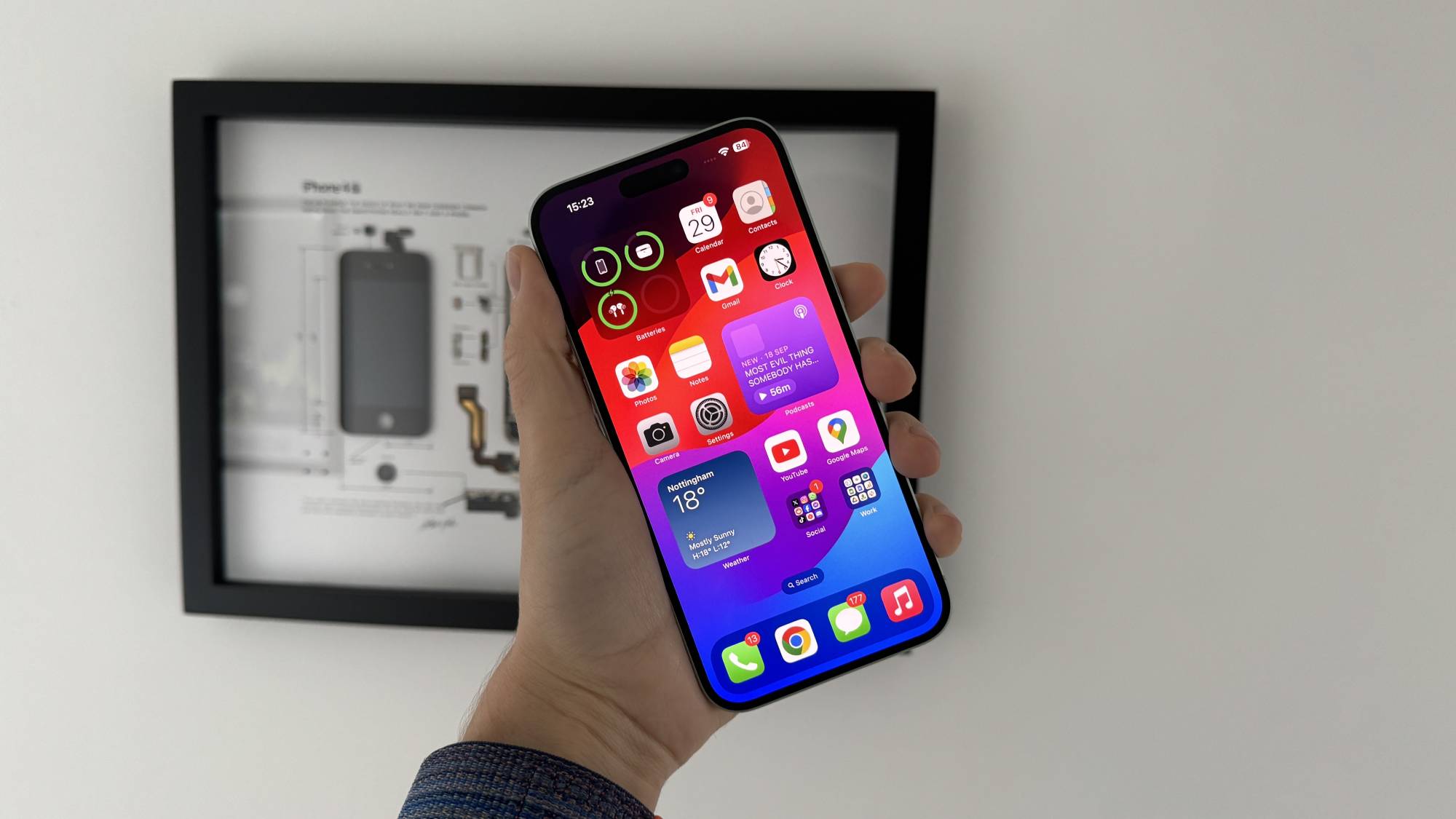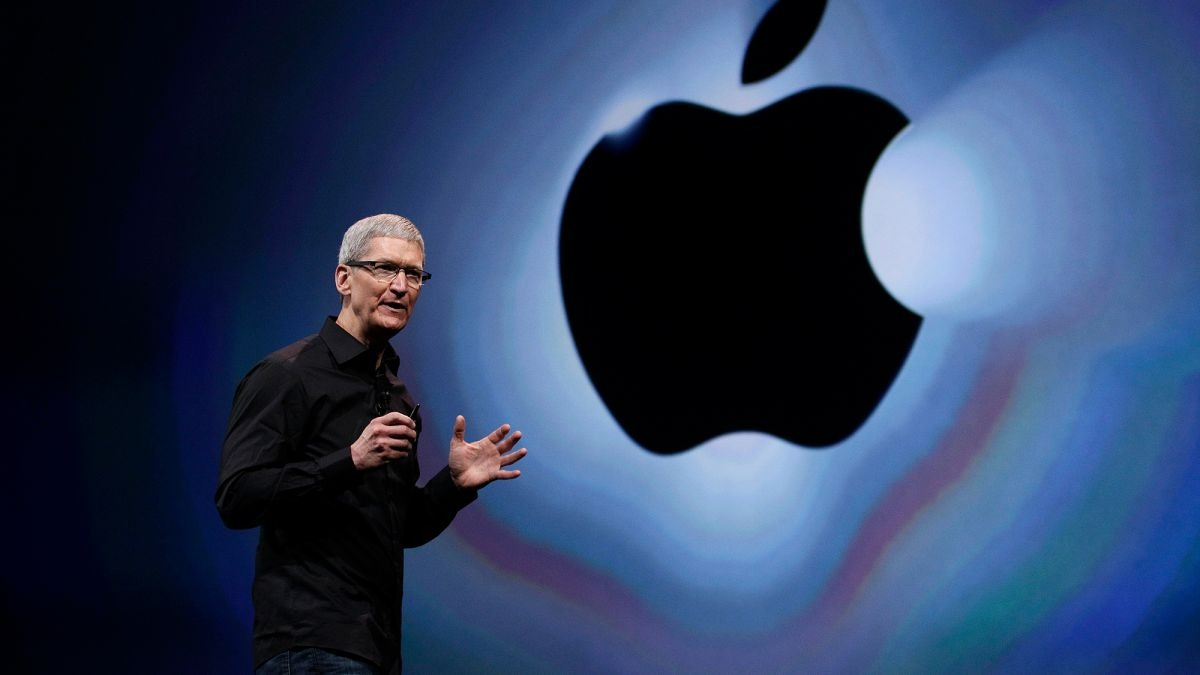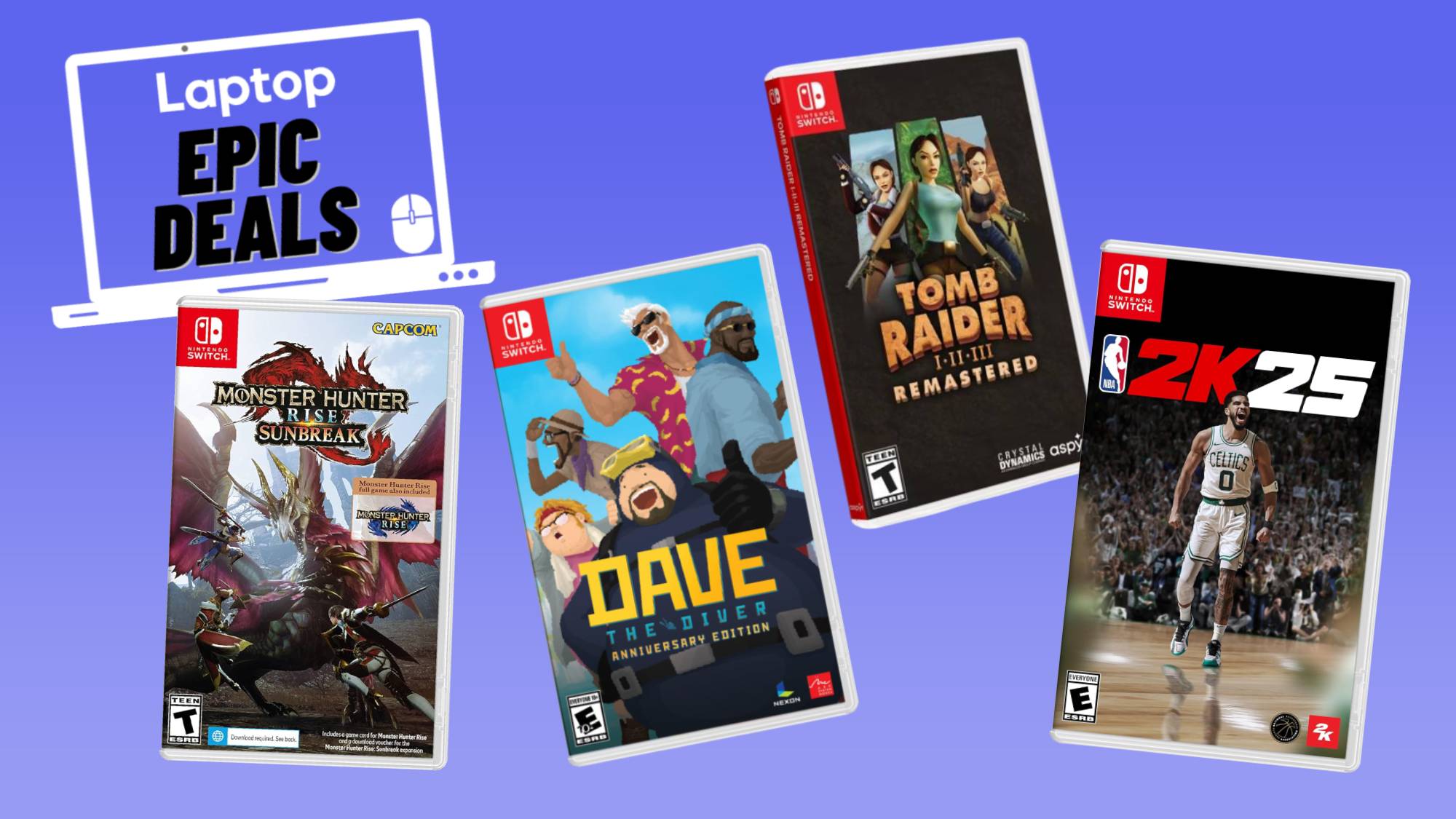The search for the 'iPhone of AI' is over: It's the iPhone
The death of the smartphone is highly unlikely

AI has become an inescapable tech trend these last few years, with the rise of ChatGPT spearheading a wave of consumer-facing services and products that seek to capitalize on our growing fascination.
The latest product to shoot for the moon when it comes to our love for the Large Language Model (LLM) is the Humane Ai Pin. Humane's wearable is a smart badge that makes you look like a Star Trek crew member, making use of a projection interface and voice prompting to deliver a beyond-next-gen, AI-powered, smartphone-like experience.
That "beyond" smartphone AI experience is something many companies are scrambling to explore, with all of them racing to become the iPhone of AI. With standalone AI devices like Humane's Ai Pin, the Rabbit r1, and the Plaud NOTE all coming to market at the same time, many believe that the dawn of the iPhone of AI is right around the corner.
But the stark reality is this: if you're looking for the iPhone of AI, it's the iPhone.
The real iPhone of AI
Apple may have been caught flatfooted by the AI boom, but that's not to say it hasn't been working diligently behind the scenes to make up for lost time. AI has reportedly been one of Apple's key focuses over the last year, with the first fruits of its labor expected to be unveiled at this year's annual WWDC in June.
It's here that we're likely to see Apple's fashionably late emergence into the AI arms race and showcase how it plans to implement this technology into its iOS, iPadOS, and macOS platforms.
While we don't yet know in which direction Apple is heading when it comes to AI, we do know that the company has been in talks with Google and OpenAI of late over potentially integrating various models into the iPhone as soon as possible.
Get The Snapshot, our free newsletter on the future of computing
Sign up to receive The Snapshot, a free special dispatch from Laptop Mag, in your inbox.

Thanks to industry analysts, we're also aware that Apple has been heavily investing in AI servers, even though a recent report from Bloomberg's Mark Gurman suggests that the company's first wave of AI features will work "Entirely on device."
Even then, it's early days for Apple's vision of the "AiPhone" (That's mine now, I came up with that), with this first effort being a foundation for Apple to build upon with the eventual goal to use its own in-house "Ajax" model in future.
It's reported that Apple is spending millions each day on AI research as it works towards an AI overhaul for Siri, not to mention chasing deals with image libraries like Photobucket and news outlets like NBC News, Vanity Fair, The New Yorker, and others for use in training its models.
It's likely safe to say, that whatever Apple has in store for us when AI does arrive on iPhone, what we'll initially see is a fraction of what Apple has planned for this tech in the future.
Outlook
All eyes are on Apple ahead of its WWDC in June, with many hoping the brand can deliver big on its bold "transformative opportunities" claims made earlier this year.
Apple have been noticeably absent when it comes to implementing this tech, with long-time rival Microsoft placing itself in pole position of AI adoption thanks to a heavy investment in ChatGPT makers, OpenAI. However, just because the company's progress hasn't been as public, doesn't automatically mean that it hasn't been as profitable.
We'll get the full scoop when Apple's annual WWDC kicks off on June 10, 2024. However, in the meantime, be sure to check out our roundups of the latest news, rumors, and announcements surrounding that event with the links that follow.
More from Laptop Mag

Rael Hornby, potentially influenced by far too many LucasArts titles at an early age, once thought he’d grow up to be a mighty pirate. However, after several interventions with close friends and family members, you’re now much more likely to see his name attached to the bylines of tech articles. While not maintaining a double life as an aspiring writer by day and indie game dev by night, you’ll find him sat in a corner somewhere muttering to himself about microtransactions or hunting down promising indie games on Twitter.
